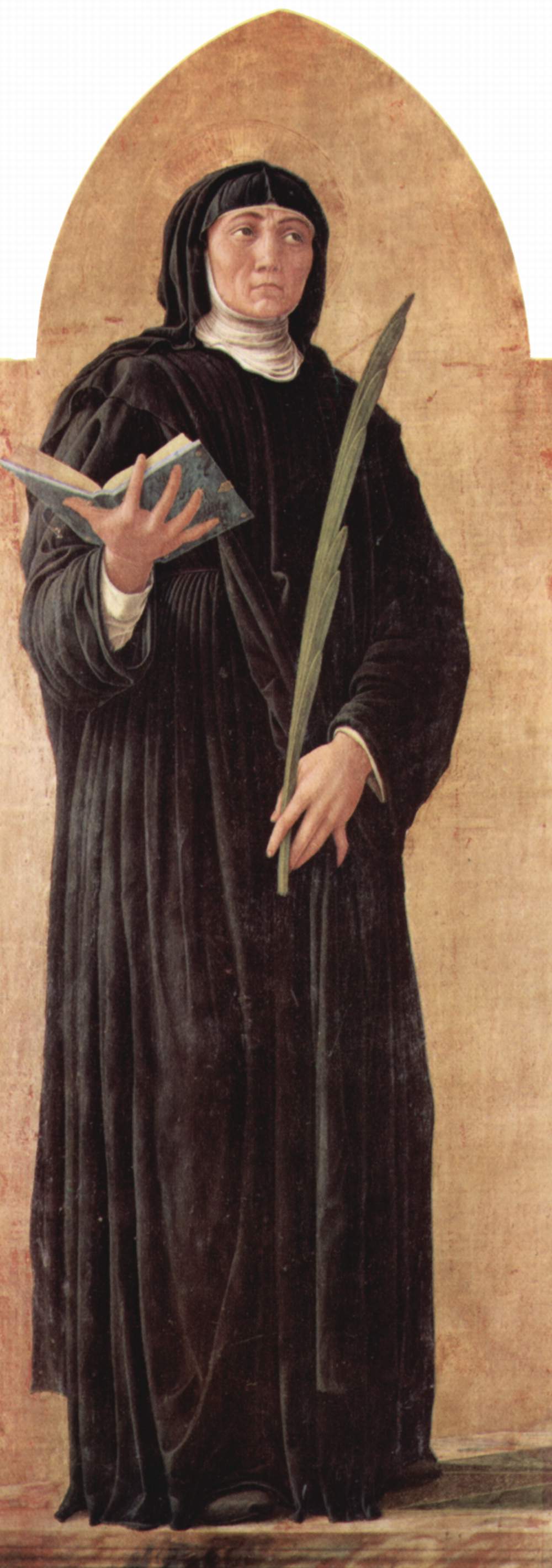|
Lapis Lazuli
Lapis lazuli (; ), or lapis for short, is a deep-blue metamorphic rock used as a semi-precious stone that has been prized since antiquity for its intense color. As early as the 7th millennium BC, lapis lazuli was mined in the Sar-i Sang mines,David Bomford and Ashok Roy, ''A Closer Look- Colour'' (2009), National Gallery Company, London, () in Shortugai, and in other mines in Badakhshan province in northeast Afghanistan. Lapis lazuli artifacts, dated to 7570 BC, have been found at Bhirrana, which is the oldest site of Indus Valley civilisation. Lapis was highly valued by the Indus Valley Civilisation (7570–1900 BC). Lapis beads have been found at Neolithic burials in Mehrgarh, the Caucasus, and as far away as Mauritania. It was used in the funeral mask of Tutankhamun (1341–1323 BC). By the end of the Middle Ages, lapis lazuli began to be exported to Europe, where it was ground into powder and made into ultramarine, the finest and most expensive of all blue pigments. Ultra ... [...More Info...] [...Related Items...] OR: [Wikipedia] [Google] [Baidu] |
Pyrite
The mineral pyrite (), or iron pyrite, also known as fool's gold, is an iron sulfide with the chemical formula Iron, FeSulfur, S2 (iron (II) disulfide). Pyrite is the most abundant sulfide mineral. Pyrite's metallic Luster (mineralogy), luster and pale brass-yellow hue give it a superficial resemblance to gold, hence the well-known nickname of ''fool's gold''. The color has also led to the nicknames ''brass'', ''brazzle'', and ''Brazil'', primarily used to refer to pyrite found in coal. The name ''pyrite'' is derived from the Greek language, Greek (), 'stone or mineral which strikes fire', in turn from (), 'fire'. In ancient Roman times, this name was applied to several types of stone that would create sparks when struck against steel; Pliny the Elder described one of them as being brassy, almost certainly a reference to what we now call pyrite. By Georgius Agricola's time, , the term had become a generic term for all of the pyrite group, sulfide minerals. Pyrite is usua ... [...More Info...] [...Related Items...] OR: [Wikipedia] [Google] [Baidu] |
Tutankhamun's Mask
The mask of Tutankhamun is a gold mask of the 18th-dynasty ancient Egyptian pharaoh Tutankhamun (reigned 1334–1325 BC). It was discovered by Howard Carter in 1925 in tomb KV62 in the Valley of the Kings, and is now housed in the Egyptian Museum in Cairo. The death mask is one of the best-known works of art in the world and a prominent symbol of ancient Egypt. Bearing the likeness of Osiris, Egyptian god of the afterlife, it is tall, weighs over or 321.5 troy ounces, and is decorated with semi-precious stones. An ancient spell from the ''Book of the Dead'' is inscribed in hieroglyphs on the mask's shoulders. The mask had to be restored in 2015 after its plaited beard fell off and was hastily glued back on by museum workers. According to the Egyptologist Nicholas Reeves, the mask is "not only the quintessential image from Tutankhamun's tomb, it is perhaps the best-known object from ancient Egypt itself." Since 2001, some Egyptologists have suggested that it may originall ... [...More Info...] [...Related Items...] OR: [Wikipedia] [Google] [Baidu] |
Scribes
A scribe is a person who serves as a professional copyist, especially one who made copies of manuscripts before the invention of automatic printing. The profession of the scribe, previously widespread across cultures, lost most of its prominence and status with the advent of the printing press. The work of scribes can involve copying manuscripts and other texts as well as secretarial and administrative duties such as the taking of dictation and keeping of business, judicial, and historical records for kings, nobles, temples, and cities. The profession has developed into public servants, journalists, accountants, bookkeepers, typists, and lawyers. In societies with low literacy rates, street-corner letter-writers (and readers) may still be found providing scribe service. Ancient Egypt One of the most important professionals in ancient Egypt was a person educated in the arts of writing (both hieroglyphics and hieratic scripts, as well as the demotic script from the second ... [...More Info...] [...Related Items...] OR: [Wikipedia] [Google] [Baidu] |
Nuns
A nun is a woman who vows to dedicate her life to religious service, typically living under vows of poverty, chastity, and obedience in the enclosure of a monastery or convent.''The Oxford English Dictionary'', vol. X, page 599. The term is often used interchangeably with religious sisters who do take simple vows but live an active vocation of prayer and charitable work. In Christianity, nuns are found in the Roman Catholic, Oriental Orthodox, Eastern Orthodox, Lutheran, and Anglican traditions, as well as other Christian denominations. In the Buddhist tradition, female monastics are known as Bhikkhuni, and take several additional vows compared to male monastics (bhikkhus). Nuns are most common in Mahayana Buddhism, but have more recently become more prevalent in other traditions. Christianity Catholicism In the Catholic tradition, there are many religious institutes of nuns and sisters (the female equivalent of male monks or friars), each with its own charism ... [...More Info...] [...Related Items...] OR: [Wikipedia] [Google] [Baidu] |


.jpg)

